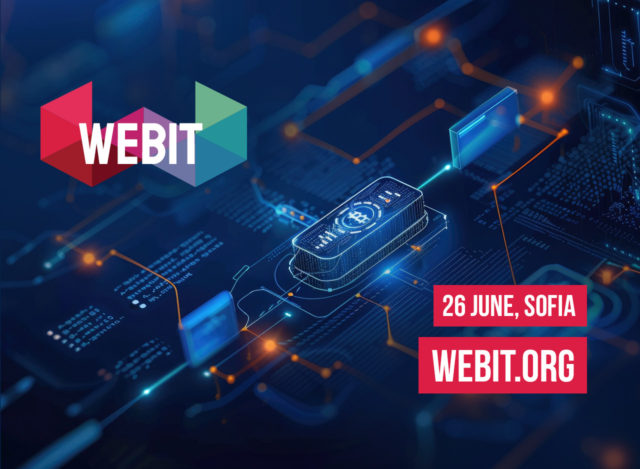In the span of just a few years, the payments industry has begun to undergo a transformation more profound than anything seen in the last century. At the center of this shift are two powerful forces: artificial intelligence (AI) and Web3 technologies. These innovations are not just streamlining existing systems—they’re redefining how money moves, who controls it, and how financial trust is established.
This is more than a technological evolution. It’s a paradigm shift—and it’s moving fast.
The AI-Powered Payment Revolution
AI is already embedded in many aspects of modern finance—from fraud detection to risk scoring—but its impact on the payments ecosystem is now accelerating.
- Real-time decision-making: AI models can now process vast datasets in milliseconds, allowing payment systems to dynamically adapt to user behavior, reduce false declines, and combat increasingly sophisticated fraud.
- Hyper-personalized financial services: Intelligent systems are tailoring payment options, financing terms, and transaction routing to individual consumers and businesses—turning payments from a utility into a competitive differentiator.
- Operational efficiency: From automating back-office processes to enabling predictive cash flow management, AI is streamlining what were once resource-heavy operations, reducing costs, and increasing speed.
But AI alone isn’t enough.
Enter Web3: The Decentralized Shift
While AI brings intelligence and automation, Web3 introduces decentralization, transparency, and programmable trust.
- Digital currencies and stablecoins: Central bank digital currencies (CBDCs) and crypto-backed stablecoins are reshaping cross-border payments, enabling instant, low-cost transfers without intermediaries.
- Decentralized Finance (DeFi): DeFi platforms are bypassing traditional financial institutions, offering peer-to-peer payments, lending, and remittance tools that are open, borderless, and transparent.
- Smart contracts: With logic encoded directly into transactions, smart contracts are automating payments for supply chains, subscriptions, and even payroll—triggered by real-world events or pre-set conditions.
Together, AI and Web3 are merging into something more powerful: an autonomous, intelligent, decentralized financial layer. Payments are becoming programmable, context-aware, and trustless—not in the sense of being untrustworthy, but in not needing trust.
The Executive Imperative
The payments leaders who succeed in this new landscape will be those who think beyond incremental change. They’ll ask:
- How can we leverage AI to create real-time, adaptive payment experiences?
- Where does decentralization offer a competitive edge—or threaten our existing model?
- Are we prepared for the regulatory, ethical, and technical challenges of programmable money?
These aren’t easy questions. But they are urgent.
As the lines between fintech, crypto, and traditional finance blur, the cost of inaction grows. Legacy systems are no longer a safe bet—they’re a liability.
Final Thought
We’re not witnessing a mere upgrade of financial infrastructure. This is a full-scale reinvention. AI and Web3 are fusing to create a new payments paradigm—one that’s faster, fairer, and far more flexible.
The future of money is here. And it’s up for grabs.
Join the discussion and learn from global leaders in the industry on the 26th of June in Sofia. Webit: Business, Technology and People in the era of AI and Web3 is an exciting opportunity for industry leaders and experts to come together to discuss the latest trends and developments in the field of economy and finance sectors.
Check our ticket options here:
Business, Technology and People in the era of AI and Web3

